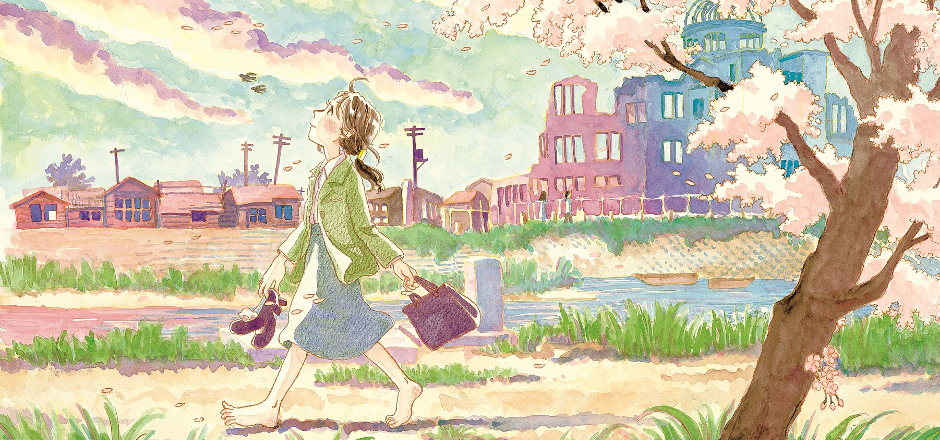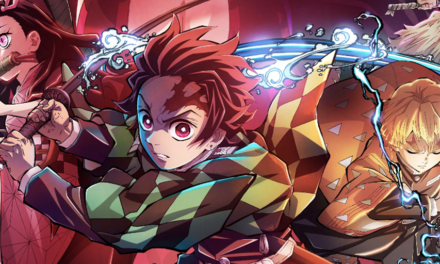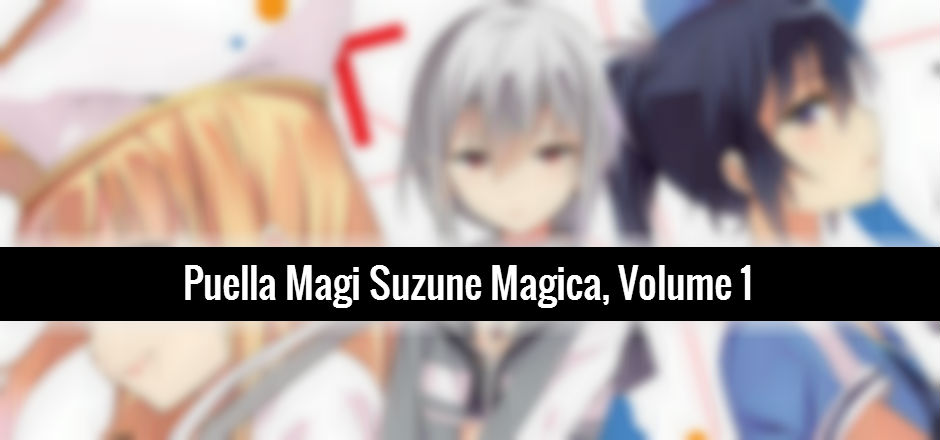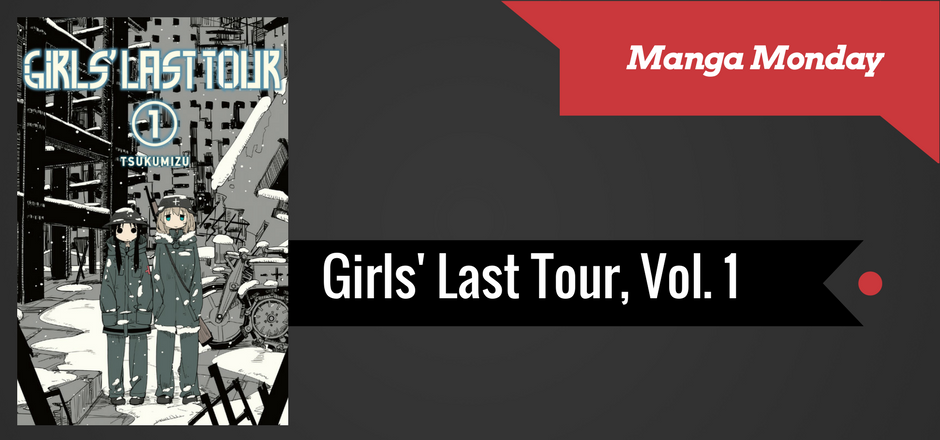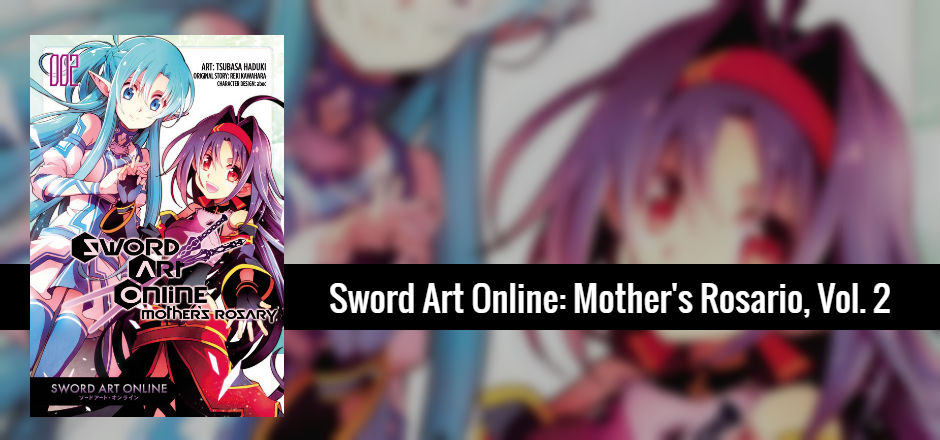Author’s note: This article contains spoilers for the manga Town of Evening Calm, Country of Cherry Blossoms.
Stories are an important part of human culture. Oftentimes, we read or share stories because we want to be entertained or to have fun. Yet, there are also many stories that are told because they are important memories that must be preserved and should never be forgotten. Usually, these are painful stories that many people may close their eyes to, because they are so difficult to bear. At other times, these stories are ignored because of the shame a generation afterward feels regarding what their ancestors did in the past.
For me, personal stories, like Town of Evening Calm, Country of Cherry Blossoms by Fumiyo Kouno, that tell the tale of people who suffered greatly due to the actions of others are very important stories to experience and remember. Regardless of one’s political beliefs, the lives and stories of those who lived and died due to the bombing of Hiroshima during the second World War are important stories that must be told, for how are we to ever learn from the past and move forward into the future in peace if we don’t gain some compassion for those who have suffered before?
Town of Evening Calm, Country of Cherry Blossoms contains two multi-generational stories. The first is called Town of Evening Calm and takes place ten years after the bombing of Hiroshima. It tells the story of Minami Hirano, a woman in her twenties who survived the bombing when she was a teenager, along with her mother and brother, but lost her father, two sisters, and another brother. It is a sad tale that by the end of it had me both angry and crying. Minami is suffering from post-traumatic stress disorder, which is depicted in flashbacks to the day of the bombing that are interspersed with images from the present time. She becomes close to her colleague Yutaka Uchikoshi, but she doesn’t feel as though she can truly open up to him due to her experience of the bombing.
Please… please tell me that it’s okay for me to be here in this world.
The second story in this manga is, of course, called Country of Cherry Blossoms, which has two parts. The first part is set in 1987 and tells the story of Nanami Ishikawa, the daughter of Minami’s brother Asahi. She’s an elementary school girl and a second-generation atomic bomb victim and befriends her neighbor Toko Tone. The two of them take the subway together to visit Nanami’s brother, Nagio, who is currently in the hospital. When Nanami returns home, she is scolded by her grandmother, Minami and Asahi’s mother Fujimi, who sadly passes away soon after this scene, which causes both Nanami and her father to move away to be closer to Nagio in the hospital.
The second part of Country of Cherry Blossoms takes place in 2004 when Nanami is all grown up and decides to secretly follow her old, seemingly senile father on his journey back to Hiroshima. On her way, she runs into her old friend Toko who she hasn’t seen in years. When they arrive in Hiroshima, we are shown a series of flashbacks depicting Asahi’s memories of the aftermath of the bombing as he makes his way through the city visiting the Peace Park and his family’s grave. We are also shown his time with Kyoka Ota, a girl he fell in love with when he was young, who experienced shaming due to being someone who was exposed to the atomic bomb. Asahi eventually marries Kyoka who becomes Nanami’s mother, but sadly Kyoka dies when she’s only thirty-eight years old.
When my grandma died at 80, no one blamed it on the bomb. No one ever explicitly said that my mom died at 38 because of the atomic bomb. Yet people stubbornly believe that both Nagio and I could die at any time because of the bomb.
This manga is a tough one to read, and yet Kouno’s art style and character development make it one that is also relateable. The cover art is beautiful, as are the color inserts at the beginning of the book. I especially love the drawing of a little girl smiling and laughing as her mother combs her hair on page thirty-five. (I believe this page is supposed to show Minami and her mother, but I’m not entirely sure.) The moment they are sharing is intimate, and you can’t help but fall in love with them. Nanami and her father’s exchanges are also realistic and charming. The manga is undoubtedly trying to show us that the people of Hiroshima have lives and dreams just as people do anywhere and that their story is something that we must never forget.
At the end of the manga, Kouno includes a number of sources and explanations of some of the history and cultural references throughout the manga. There is also a map of Hiroshima and a short essay by Kouno discussing how she grew up in Hiroshima, but never really talked about what happened there on August 6, 1945. After reading this manga, I feel as though it should be required reading in a primary or middle school history class. I remember reading Sadako and the Thousand Paper Cranes by Eleanor Coerr when I was in elementary school a long time ago, but we read very little else when it came to World War II and the horrors of Hiroshima and Nagasaki.
Town of Evening Calm, Country of Cherry Blossoms was written and illustrated by Fumiyo Kouno and published by Futabasha in 2003. It was translated into English by Naoko Amemiya and Andy Nakatani and produced by jaPRESS. There’s also a radio drama, novelization, and film that premiered at the Cannes Film Festival in May 2007, which I’d be interested in seeing someday.
Story: 4 out of 5 stars
Illustration: 4 out of 5 stars
Overall: 4 out of 5 stars
—
Rine Karr is an Anime Writer at Girls in Capes. She’s a writer and aspiring novelist by moonlight and a copyeditor by daylight. Rine loves good food, travel, and lots of fiction, especially novels, anime, manga, video games, and films. She’s also the Chief Copyeditor and an occasional contributor at Women Write About Comics.
Check out our other manga reviews, including Solanin and Orange.
